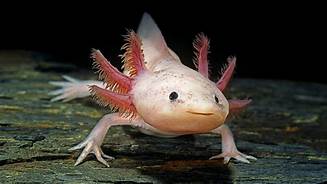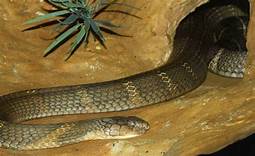Can You Have an Axolotl as a Pet?
Axolotls are unique and fascinating creatures that have become increasingly popular as pets. These Mexican salamanders have a distinct appearance, with long, slender bodies, feathery gills, and a wide range of colors. They also have a remarkable ability to regenerate their limbs and other body parts.

What Are the Benefits of Owning an Axolotl?
There are several benefits to owning an axolotl as a pet:
- They are relatively low-maintenance compared to other pets. They do not require a lot of space or special equipment, and their diet is simple.
- They are peaceful and docile creatures, making them ideal for people who want a pet that is not aggressive or noisy.
- They are fascinating to watch, with their unique appearance and interesting behaviors.
- They can be a great educational tool for children, as they can teach about the importance of conservation and the natural world.
What Are the Challenges of Owning an Axolotl?
While axolotls can be rewarding pets, there are also some challenges to consider before getting one:
- They are sensitive to changes in water quality, so it is important to maintain a clean and stable environment for them.
- They are prone to certain health problems, such as bacterial infections and parasites.
- They can be expensive to purchase and care for, as they require specialized food and equipment.
- They are not a good choice for people who are looking for an interactive pet, as they are generally not interested in playing with humans.
Is an Axolotl the Right Pet for You?
If you are considering getting an axolotl as a pet, it is important to do your research and make sure that you are prepared to provide the proper care for this unique creature. Axolotls can be rewarding pets, but they are not for everyone. If you are up for the challenge, however, an axolotl can be a fascinating and educational companion.
How to Care for an Axolotl
If you decide to get an axolotl as a pet, there are a few things you need to know about how to care for them:
- Aquarium: Axolotls need a spacious aquarium that is at least 10 gallons in size. The aquarium should have a tight-fitting lid to prevent the axolotl from escaping.
- Water: Axolotls need clean, well-filtered water. The water temperature should be kept between 60 and 68 degrees Fahrenheit. The pH level should be between 7.0 and 8.0.
- Diet: Axolotls are carnivores and their diet should consist of live or frozen food, such as worms, brine shrimp, and bloodworms. They can also eat pellets or flakes designed for axolotls.
- Lighting: Axolotls need a moderate amount of light. They should be exposed to 12 hours of light and 12 hours of darkness each day.
- Substrate: The bottom of the aquarium should be covered with a soft substrate, such as sand or gravel. The substrate should be free of sharp edges that could injure the axolotl.
- Decorations: Axolotls appreciate having places to hide and explore. You can add decorations to the aquarium, such as rocks, plants, and driftwood.
Conclusion
Axolotls can make fascinating and rewarding pets, but they are not for everyone. If you are considering getting an axolotl, it is important to do your research and make sure that you are prepared to provide the proper care for this unique creature.
Declaration: All article resources on this website, unless otherwise specified or labeled, are collected from online resources. If the content on this website infringes on the legitimate rights and interests of the original author, you can contact this website to delete it.






